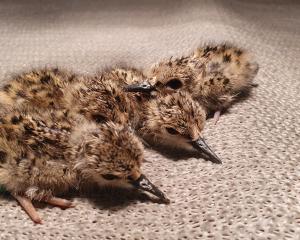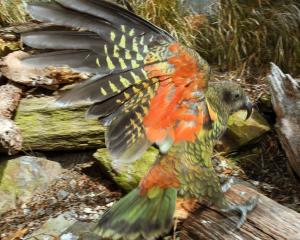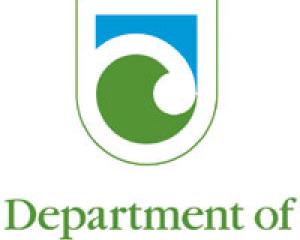Weeds, if left unchecked, could choke the Waihola-Waipori wetlands and lake, so the community is doing something about it.
Ninety people from the small Waihola community turned up to a public meeting three years ago to discuss concerns for the nearby wetlands, considered to be one of the largest and most significant of New Zealand's remaining wetlands.
From that meeting, the Lake Waihola Waipori Wetlands Society was formed.
Led by president David Vollweiler and secretary Pauline Baker, and with the help of a nine-member committee and several government agencies, it set about finding a way to manage the Lake Waihola-Waipori wetlands sustainably, and enhance the area for all communities of interest.
The aim was to manage the weeds and re-establish native vegetation within the wetlands and immediate environs.
While it has held several planting and restoration days at the Department of Conservation's Titri wetland, the group's main emphasis has been on developing a weed inventory and 10-year weed-control operational plan, so it could seek funding for the work needed to save the wetlands, Mr Vollweiler said.
The plan was now finished and funding applications for a three-year programme had been successful.
The society had raised enough of the $297,000 needed so work, including aerial spraying of the densest weed infestations and ground control of the rest, could be done and overseen by a paid co-ordinator.
Mr Vollweiler said it had been a fast learning curve, but the issue had brought together different groups - agencies such as Fish and Game, Ngai Tahu, Doc, and the Otago Regional Council and locals.
"Everyone has the lake and wetlands at heart, even if they were coming at it from different angles."
The process had been assisted by the increasing realisation among the wider community of the importance of the wetlands, he said.
The wetlands are home to more than 10,000 waterfowl and some rare or threatened species, including the giant kokopu and the South Island fernbird.
The weeds, such as alders, crack and grey willow, and glyceria, never used to be in the wetlands, but as the years passed they had started to overcome native vegetation and dominate the landscape, he said.
Willows also trapped sediment, causing the waterways to become shallower.
"If nothing is done to keep them under control, they'll expand rapidly, blocking channels and in-filling the lake even quicker."
It was hoped, once the weeds had been dealt with, more birds and fish would return to the wetlands, he said.




